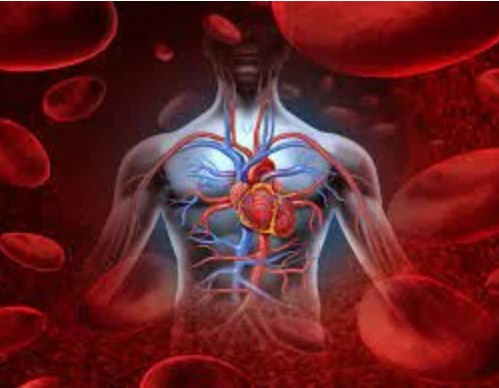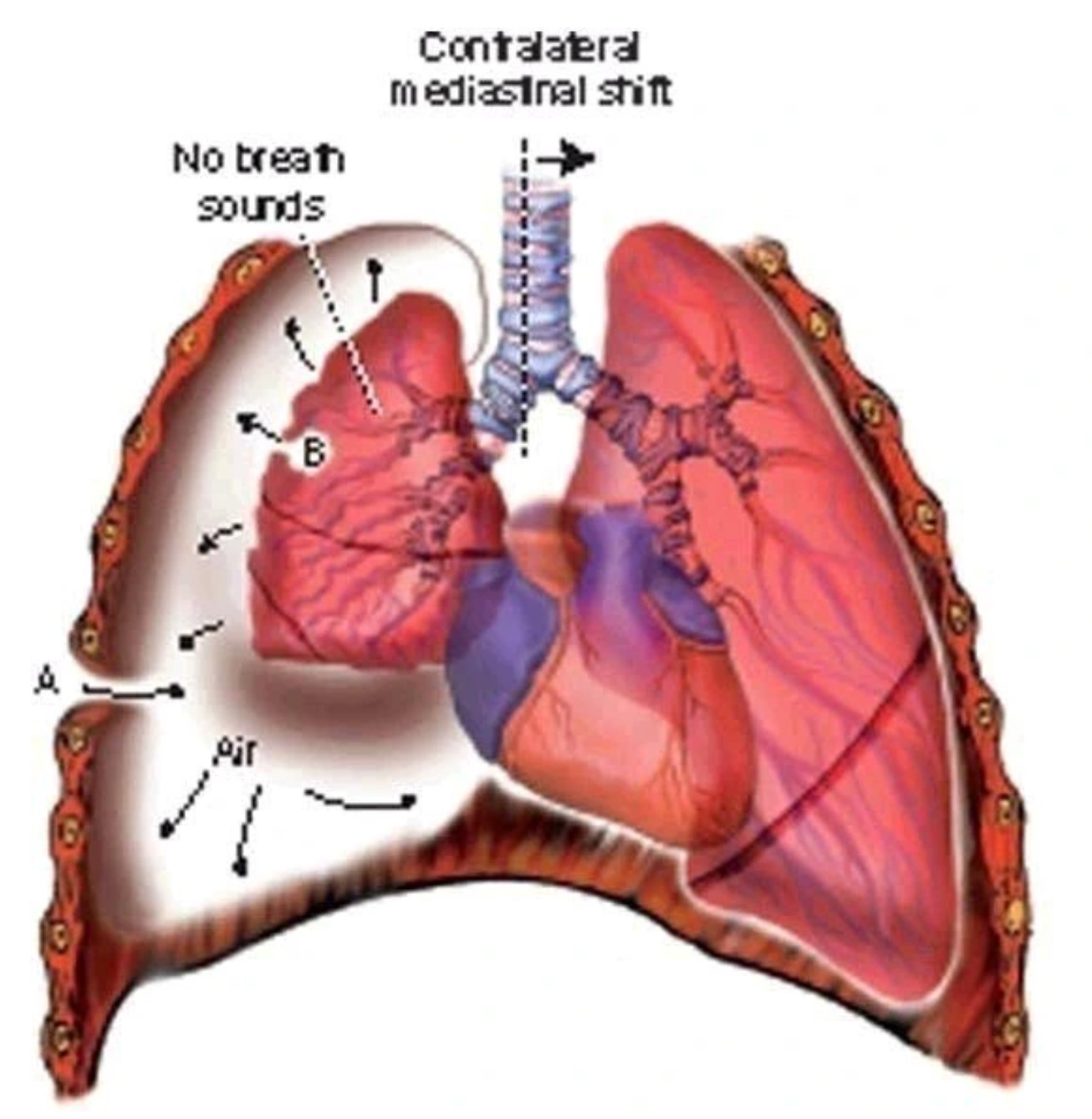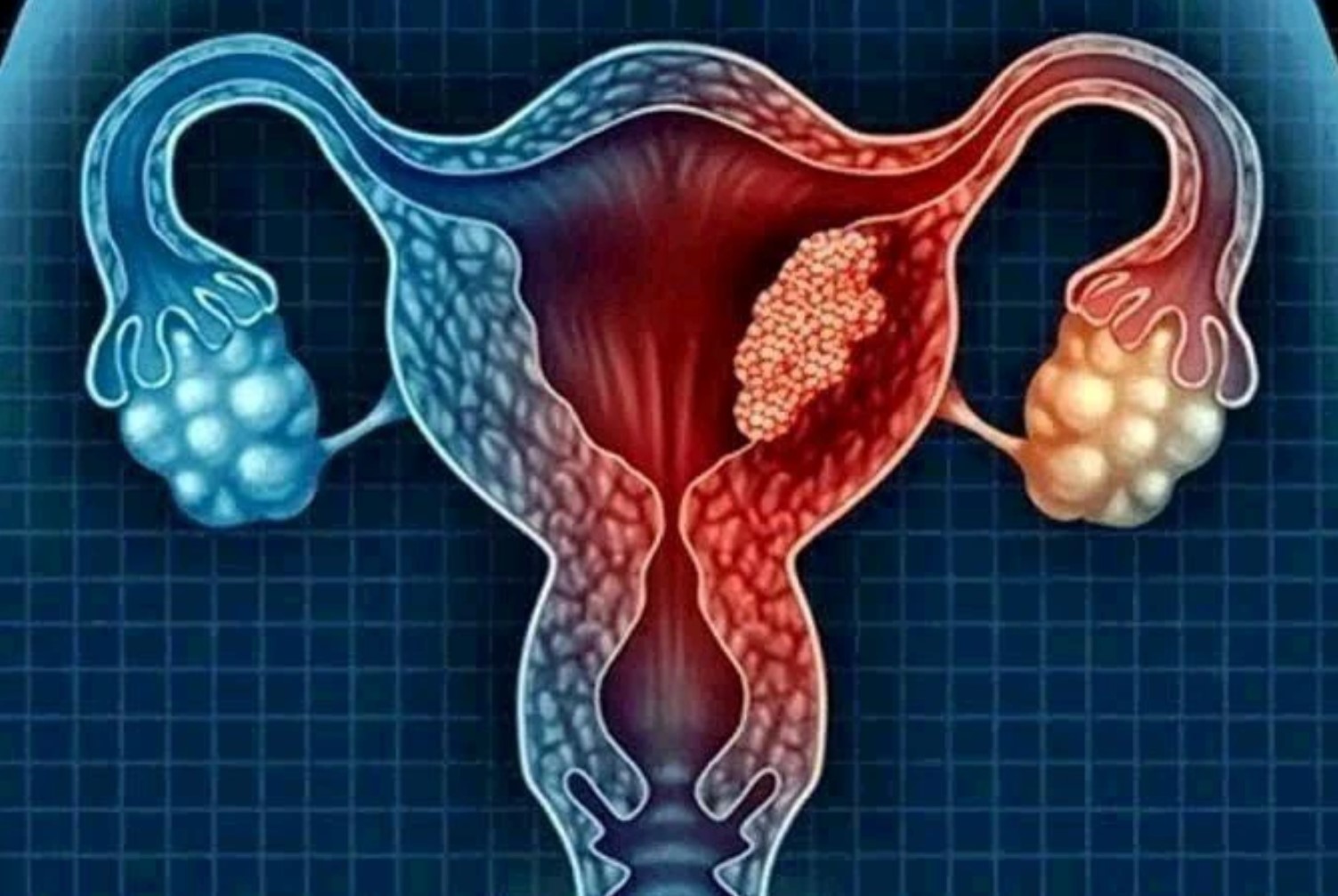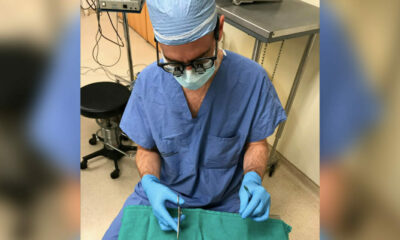Numbness or Tingling: Persistent numbness, tingling, or a “pins and needles” sensation in your limbs, particularly in your arms and legs, could be a sign of poor circulation…Click Here To Continue Reading>> …Click Here To Continue Reading>>
Cold Extremities: If your hands, feet, or other extremities often feel unusually cold, even in warm conditions, it may be due to decreased blood flow.
Swelling: Swelling in your legs, ankles, or feet, known as edema, can be a sign of poor circulation. It may be accompanied by a feeling of heaviness in the affected areas.
Skin Changes: Changes in the color, texture, or condition of your skin, such as dryness, paleness, or a bluish tint, may indicate circulation problems.
Fatigue or Muscle Weakness: Reduced blood flow can lead to reduced oxygen and nutrient delivery to muscles, resulting in weakness, fatigue, and difficulty in carrying out physical activities.
Varicose Veins: Enlarged and twisted veins, especially in the legs, may indicate poor circulation. Varicose veins are often painful and can be a sign of venous insufficiency.
Cognitive Changes: Reduced blood flow to the brain can lead to symptoms like difficulty concentrating, memory issues, and cognitive impairment. READ FULL STORY HERE>>>CLICK HERE TO CONTINUE READING>>>
Slow Wound Healing: If wounds, cuts, or sores take longer to heal than usual, it might be due to poor circulation, as adequate blood flow is essential for the body’s natural healing processes.
Hair Loss: Inadequate blood circulation to the scalp can lead to hair loss or slow hair growth.
Chest Pain or Discomfort: Reduced blood flow to the heart can lead to chest pain or discomfort, a condition known as angina. This can be a sign of atherosclerosis, a condition where arteries narrow and harden due to plaque buildup.
Erectile Dysfunction: Poor blood circulation can affect blood flow to the genitals and lead to erectile dysfunction in men.
Leg Pain or Cramping: Pain or cramping in the legs, especially during physical activity, could be a sign of peripheral artery disease (PAD), which is a circulation disorder.
If you experience these warning signs of poor blood circulation, it’s crucial to consult a healthcare professional for a proper diagnosis and appropriate treatment. Ignoring these symptoms may lead to more severe health issues, so early detection and intervention are essential.




















